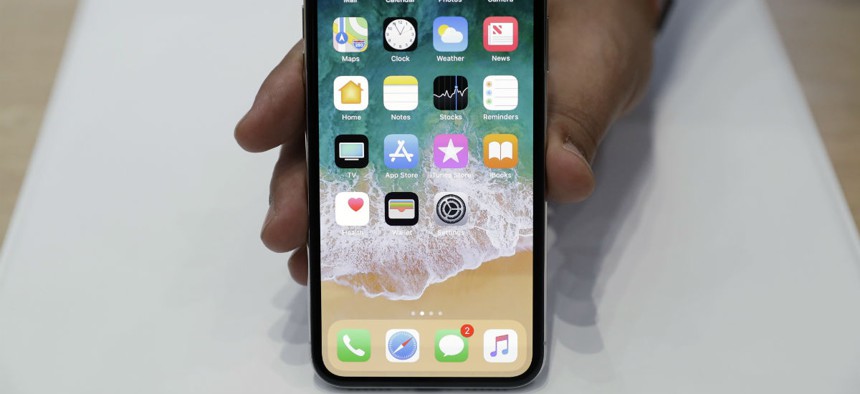Here's How Apple Pay Will Work Without Touch ID

The new iPhone X is displayed in the showroom after the new product announcement at the Steve Jobs Theater on the new Apple campus on Tuesday, Sept. 12, 2017, in Cupertino, Calif. Marcio Jose Sanchez/AP
Facial recognition changes everything.
Apple has announced the next generation of iPhones and one thing is noticeably missing: The home button, and with it, Touch ID. The fingerprint scanner was important for security but also enabled the Apple Pay function to work on consumer's phones.
Instead of a Touch ID, Apple has introduced a facial recognition function, now known as Face ID. The new technology has proven controversial. But, how will it affect Apple Pay?
Nothing changes for vendors if they already support Apple Pay and other NFC payments. Some things will change on the user end, however.
To pay, the iPhone X user will tap the button on the side of the device twice and then look at the phone. Then once the Face ID has recognized the user, they will put the phone near the payment terminal.
While that doesn't sound too complex, it could easily create a few awkward scenarios at the check-out counter as users get familiar with the updated process and everyone else gets used to people using their faces to pay for stuff.



